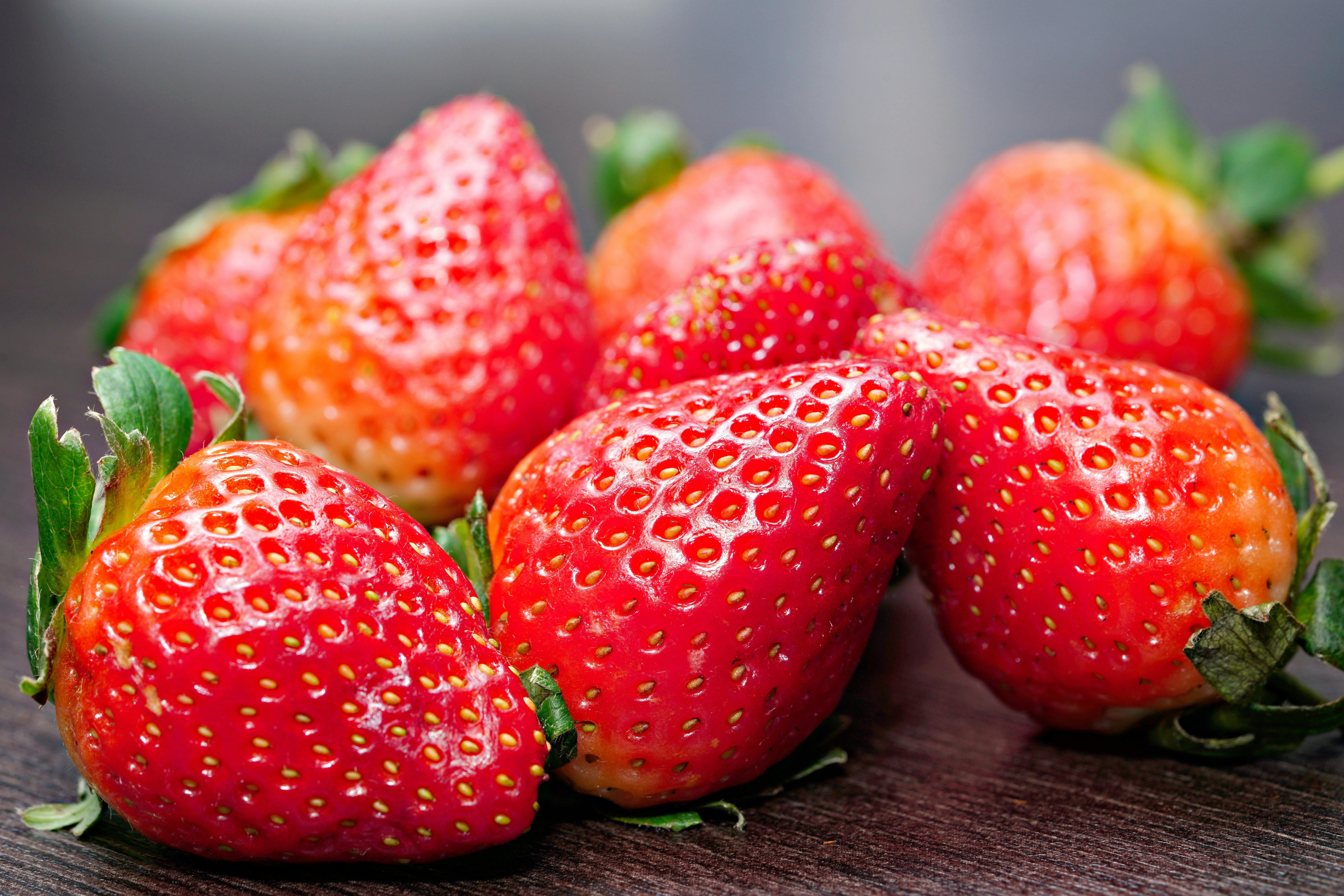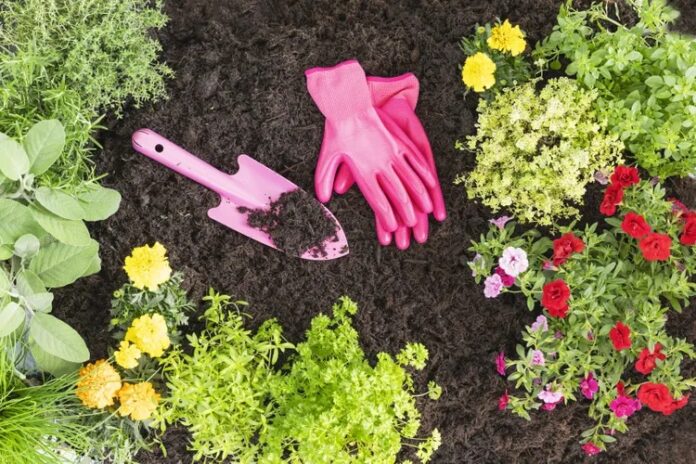You don’t need to spend hours out there either. It’s more about quick clean-ups, small fixes, and helping your plants finish strong.
Whether you’re looking after a big garden or just a few pots on the patio, these tips will help you wrap up the season the right way.

Tidy up garden beds
By the end of summer, lots of plants are past their prime and the beds can start looking untidy. Clearing out dead annuals, trimming spent flowers, and pulling anything that’s diseased keeps things looking fresh and cuts down on pests.
You don’t have to strip every patch bare, but making space now leaves room for late bloomers or fall planting. It’s also a great time to save seeds from plants you want to grow again next year.
If you’ve never tried it before, start simple with marigolds, peas, or sunflowers. Keep the seeds in a paper envelope somewhere cool and dry, and you’ll be glad you did when spring comes back around.
Over time, this becomes one of those little traditions that makes your garden feel more personal.
Trim back trees and shrubs
Warm weather often means branches grow quicker than expected, and by late summer some of them are hanging too low or crowding other plants.
This is a good moment to trim them before the cold makes it harder. Don’t go overboard though, as shrubs still need their leaves to keep feeding until they slow down for winter.
For higher branches, a pole saw is handy and saves you stretching or climbing. Doing this now prevents branches from getting heavy and breaking in storms or under snow later, which saves you bigger problems when the weather turns rough.
Refresh the soil
The soil takes a beating after a long season of growth. Giving it a boost now means it’ll be in better shape when you need it again.
Adding compost, mulch, or manure helps restore nutrients, and a fresh layer of mulch keeps moisture locked in. Even if you’re not planning on planting much this fall, the soil will be ready for you when spring rolls around.
If you don’t want to buy mulch, shredded leaves are perfect. Just run them through a mower and spread them over the beds. It’s like tucking your soil in under a blanket for the winter.
Harvest what’s left
Don’t wait too long to pick what’s still growing. Vegetables don’t just keep improving the longer they sit there.
Courgettes turn into giant marrows, beans get tough, and tomatoes can split if the weather changes. Picking regularly encourages plants to keep producing and also reduces the chance of pests settling in.
If you’ve got more than you can eat, freeze, pickle, or share the extras. Even freezing herbs in a bit of water or oil makes a difference when you want fresh flavor later.
Harvesting on time also helps keep your plants healthier, since rotting fruit on the stem attracts problems fast.
Plant for fall
Just because summer crops are slowing doesn’t mean gardening season is over. Late summer and early fall are perfect for sowing things like kale, spinach, carrots, and lettuce.
These crops thrive in cooler weather and often taste even better after a light frost. If veggies aren’t your thing, think ahead by planting spring bulbs now. When daffodils and tulips show up next year, you’ll be glad you took the time.
For instant color, pop in some pansies or mums and they’ll brighten up your garden while other plants fade.
Too many people stop early, but with the right choices you can stretch your garden into October without much effort.

Keep watering
Cooler weather can trick you into thinking plants don’t need much water anymore, but they do. Consistent watering keeps them healthy and helps them handle the season change.
Containers and hanging baskets dry out the quickest, so don’t forget about those. Watering in the morning is best since it reduces evaporation and gives plants a good start to the day.
If you want to make life easier, a drip hose or simple soaker system can keep things even without much work.
Try to keep the soil damp rather than letting it swing from bone-dry to soaked, since that kind of stress weakens the roots.
Watch for pests
End of summer doesn’t mean the bugs are done. In fact, this is when some of them really take advantage of tired plants.
Aphids, caterpillars, and slugs can all cause damage fast if you’re not paying attention. You don’t always need sprays to deal with them. Sometimes a quick blast of water, picking them off by hand, or letting the birds help is enough.
The trick is spotting issues before they spread. Look for sticky leaves, holes, or sudden patches of damage.
If you take action now, you’ll save yourself from bigger problems later and keep numbers down for next spring too.
Clean and store tools
This is one of those jobs that’s easy to put off but makes life so much easier later. Cleaning dirt off your tools and storing them somewhere dry stops rust and means they’re ready to go when you need them next.
Sharpening blades and oiling moving parts is worth the small effort because it extends their life and makes every job smoother. Think of it as giving yourself a head start for next year rather than a chore to drag your feet over.
You’ll thank yourself when you don’t have to scrape off caked mud or fight with dull shears in the spring.
A quick wipe down with a rag after each use is all it really takes, and once you make it a habit, it doesn’t feel like extra work at all.


